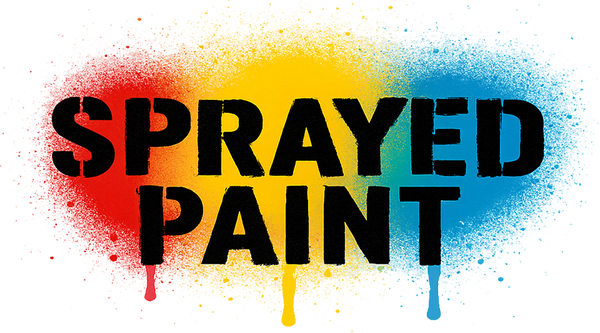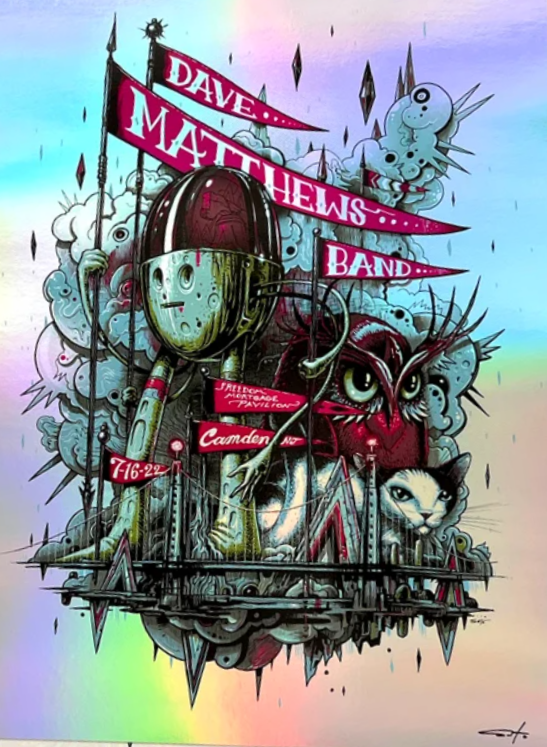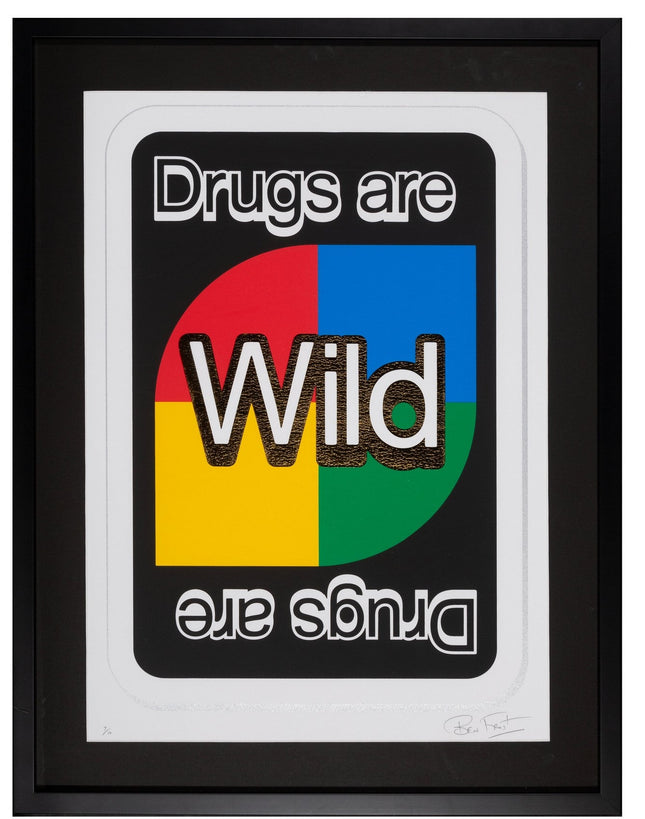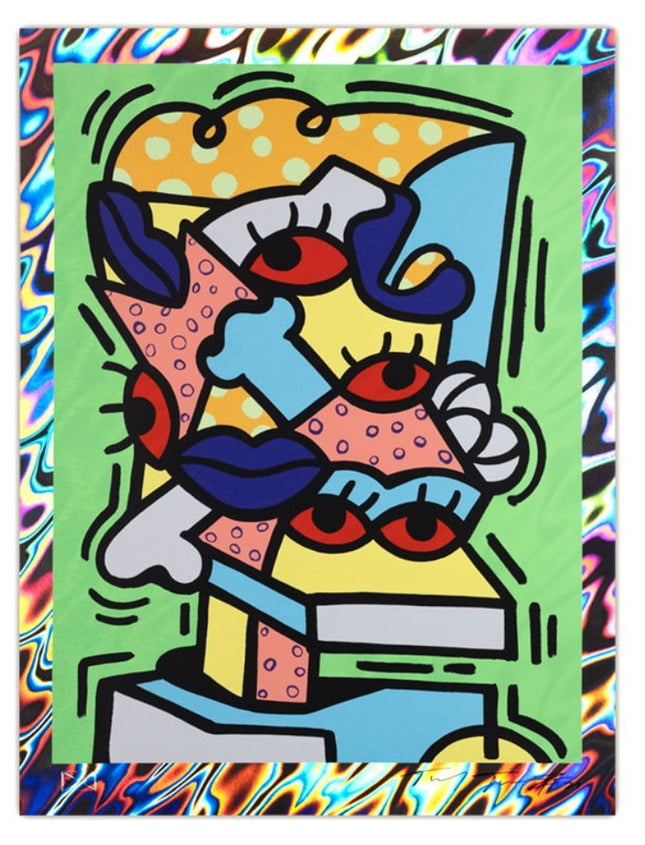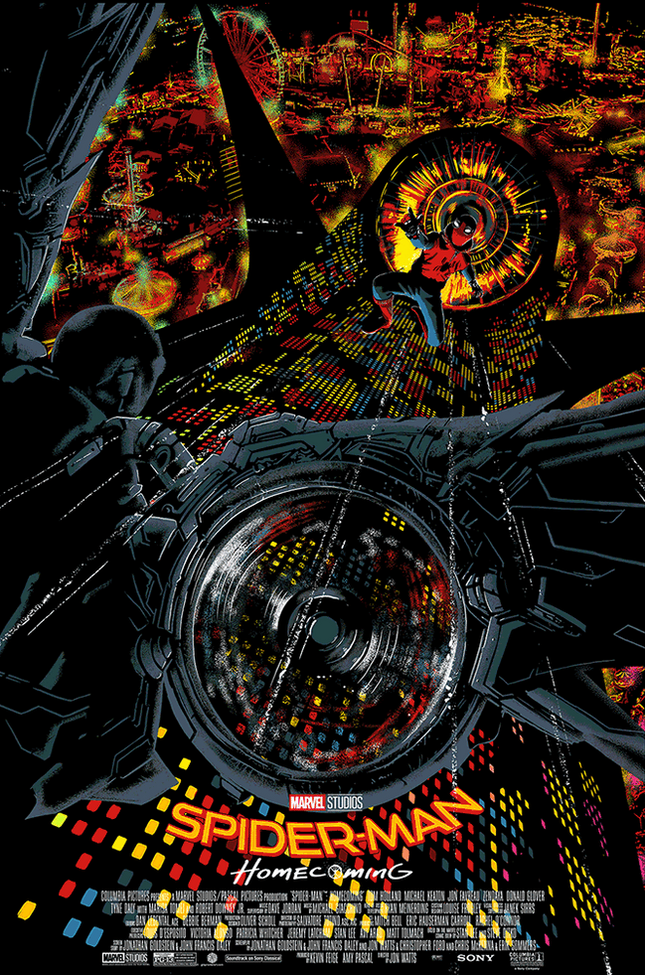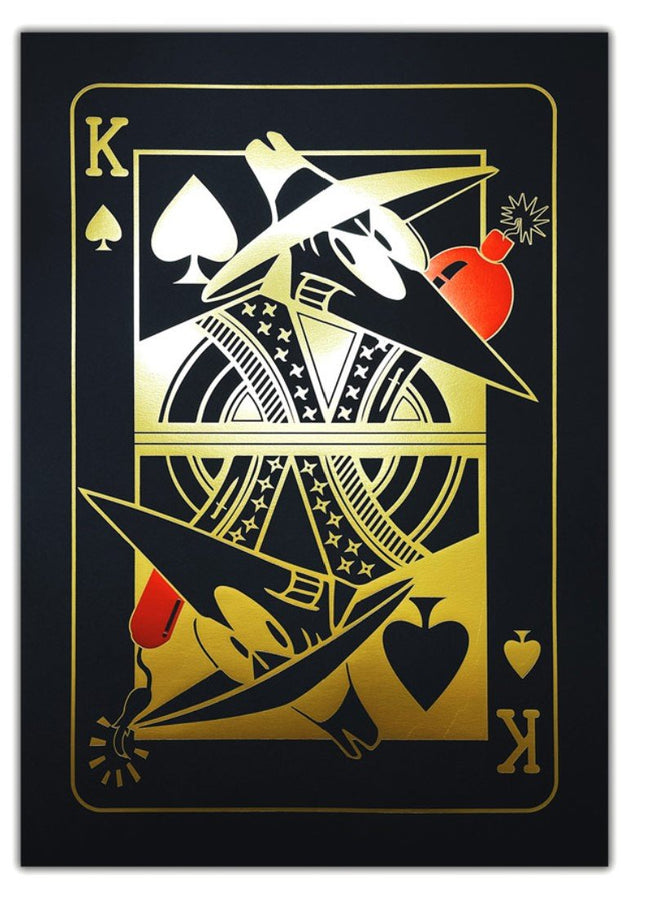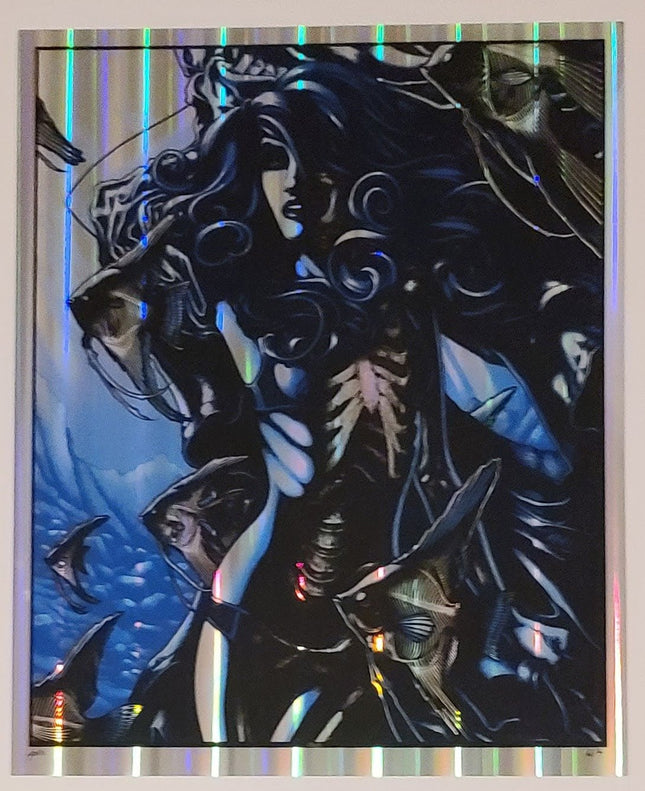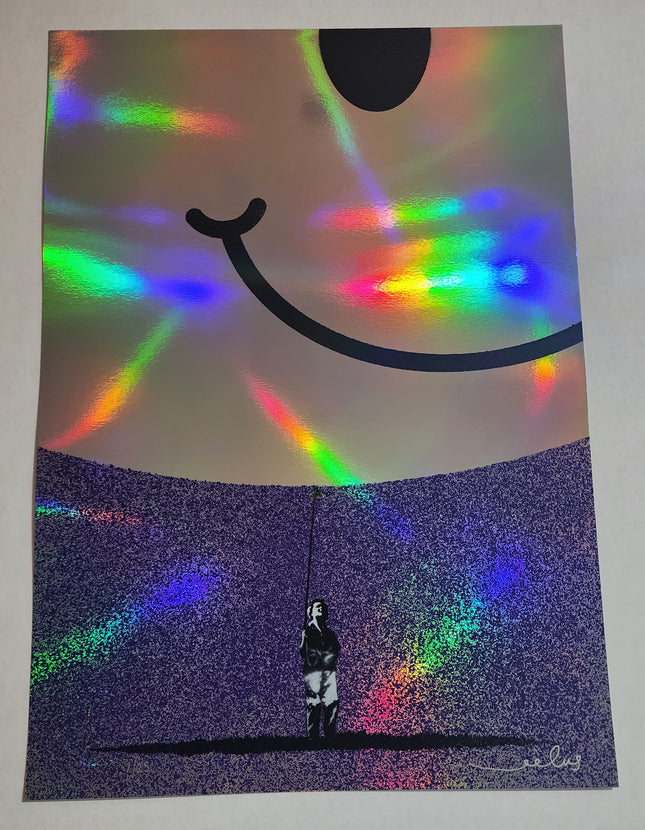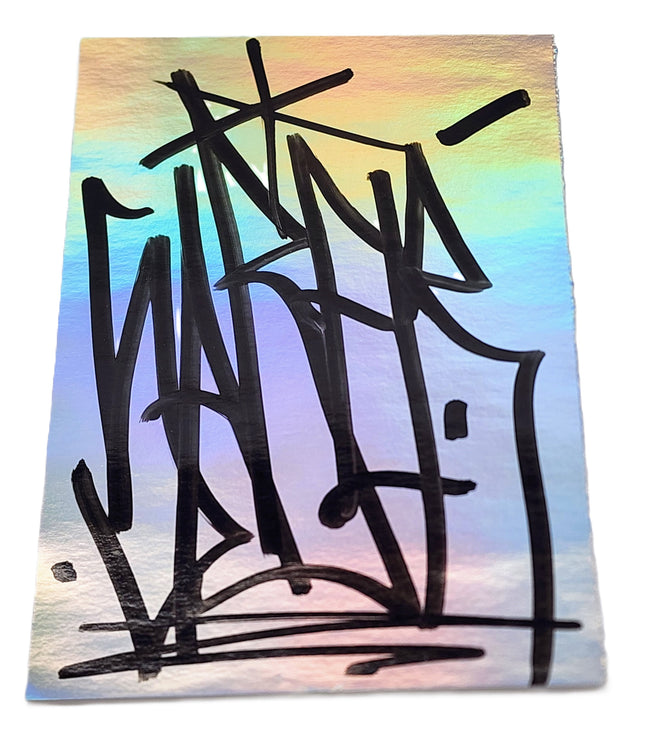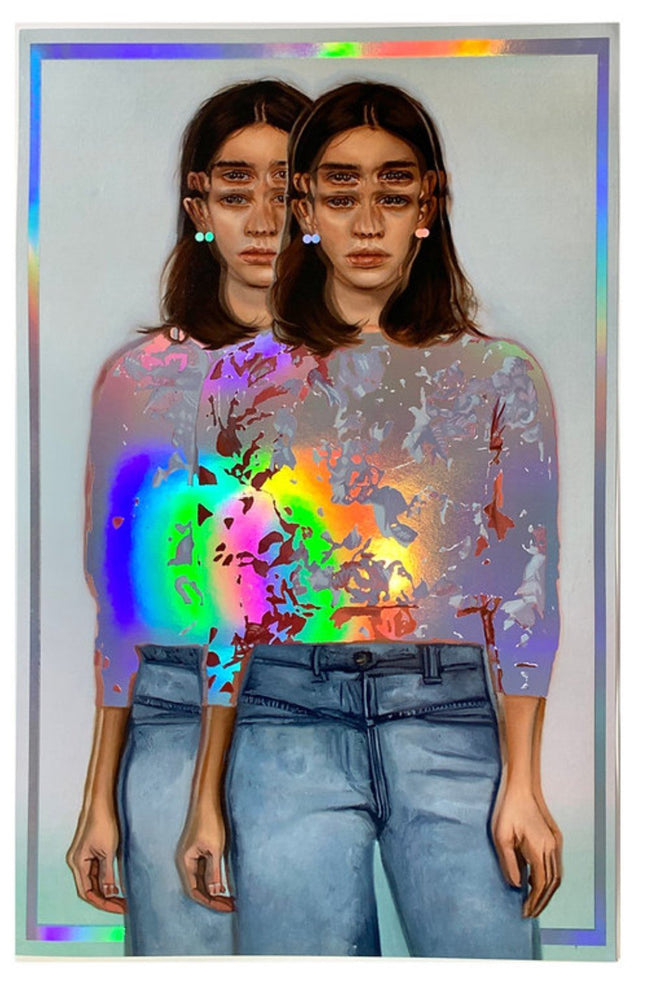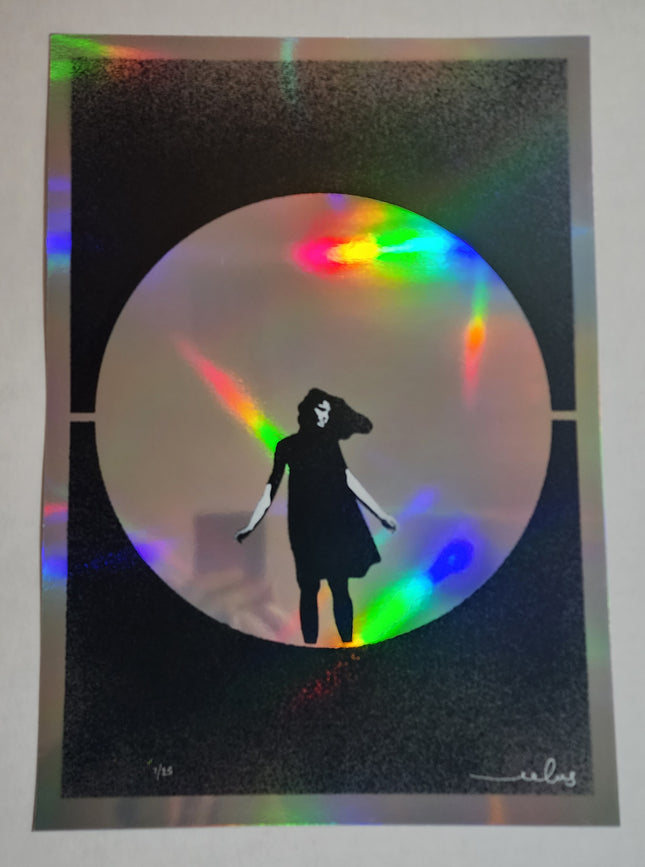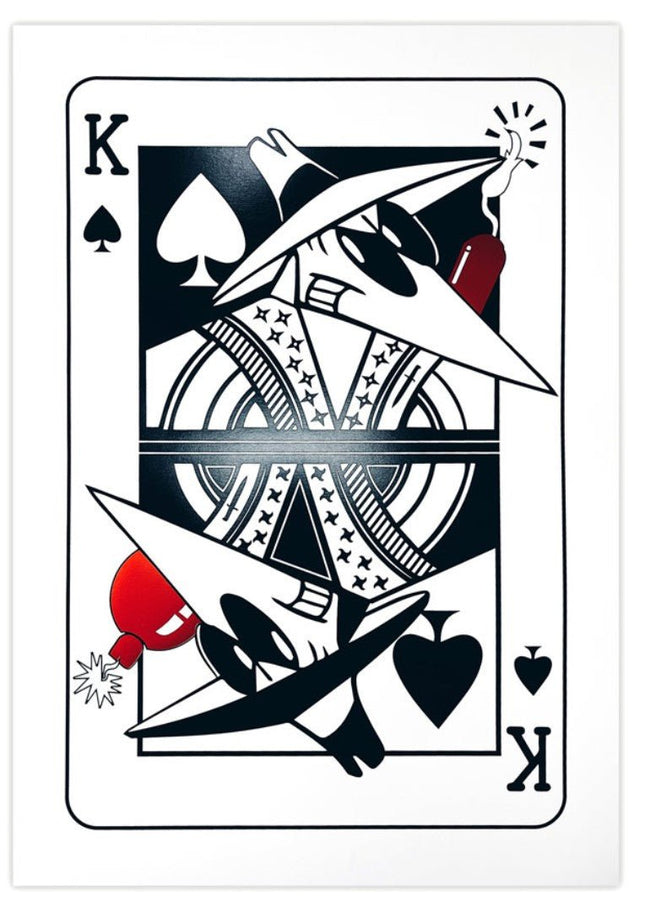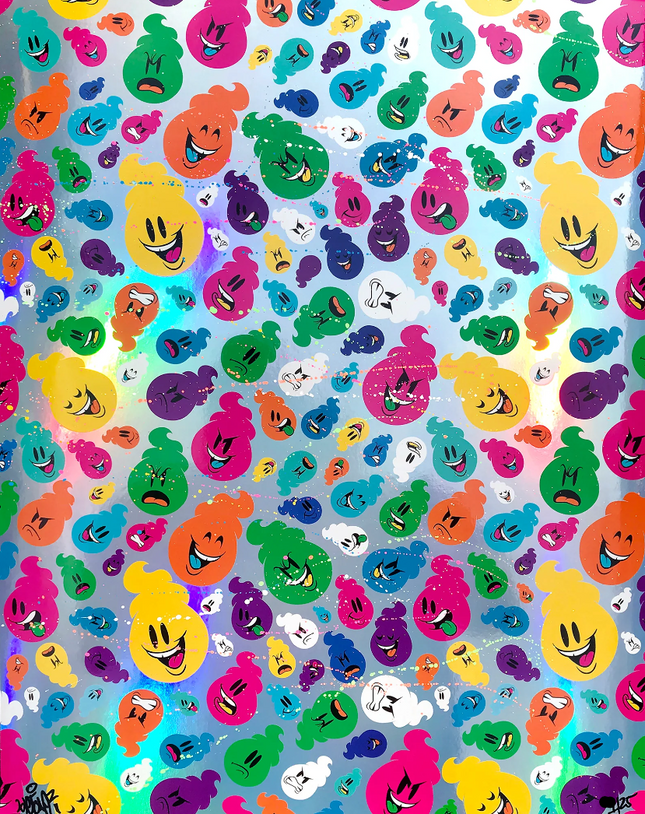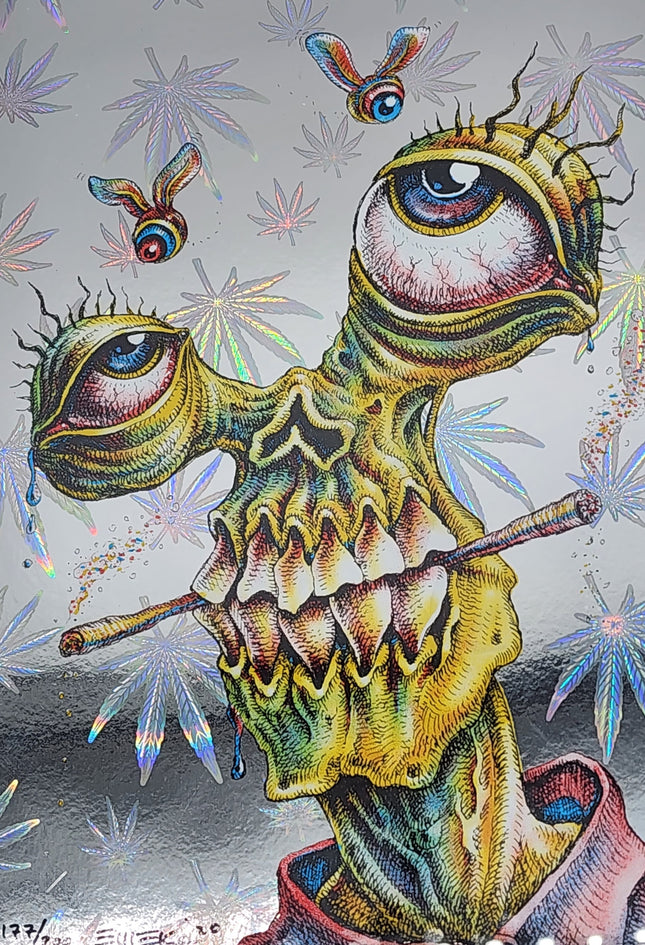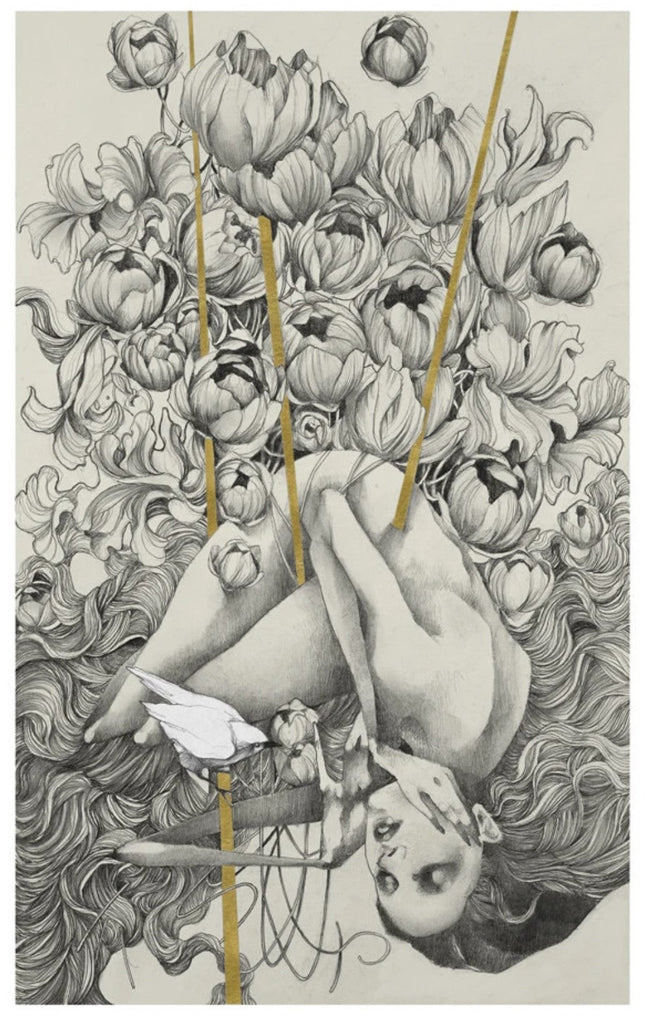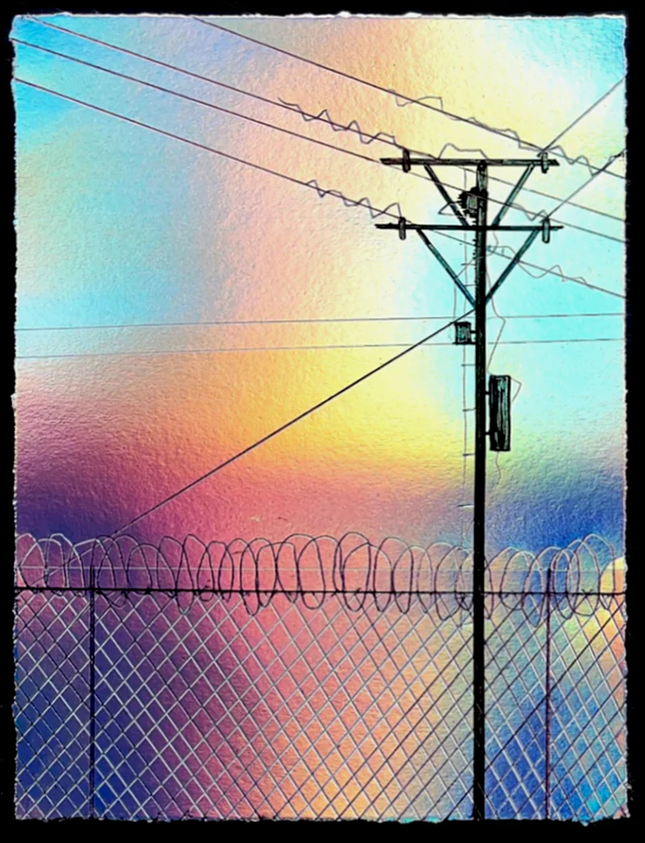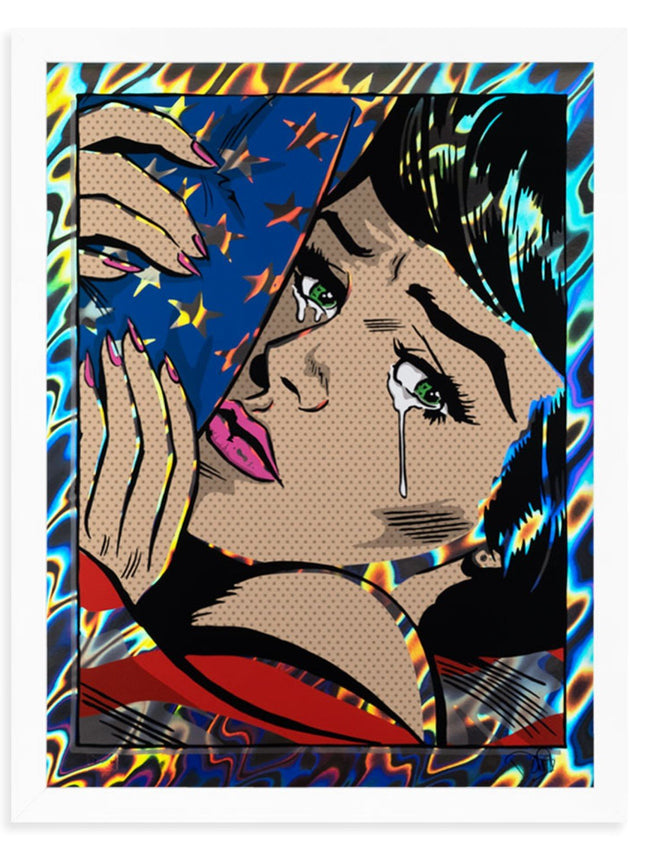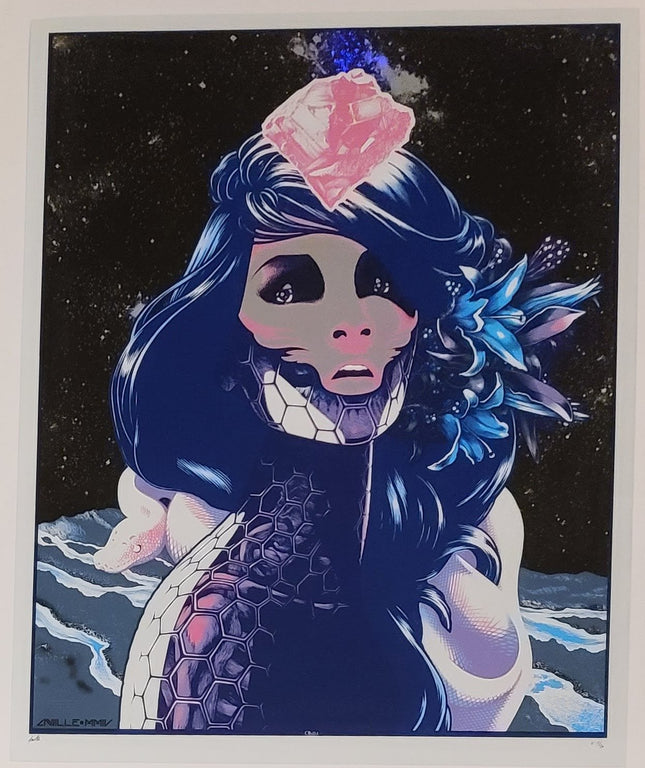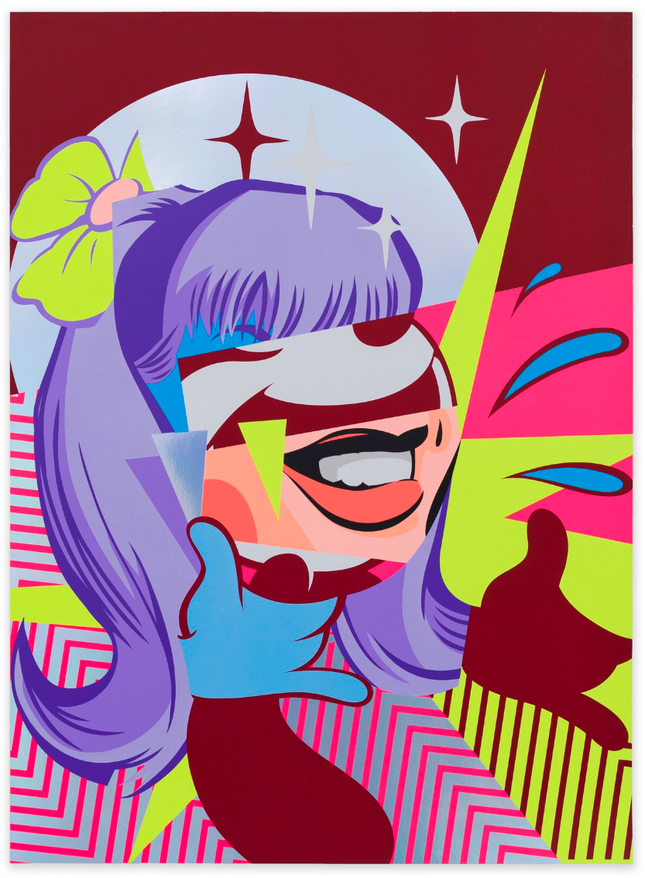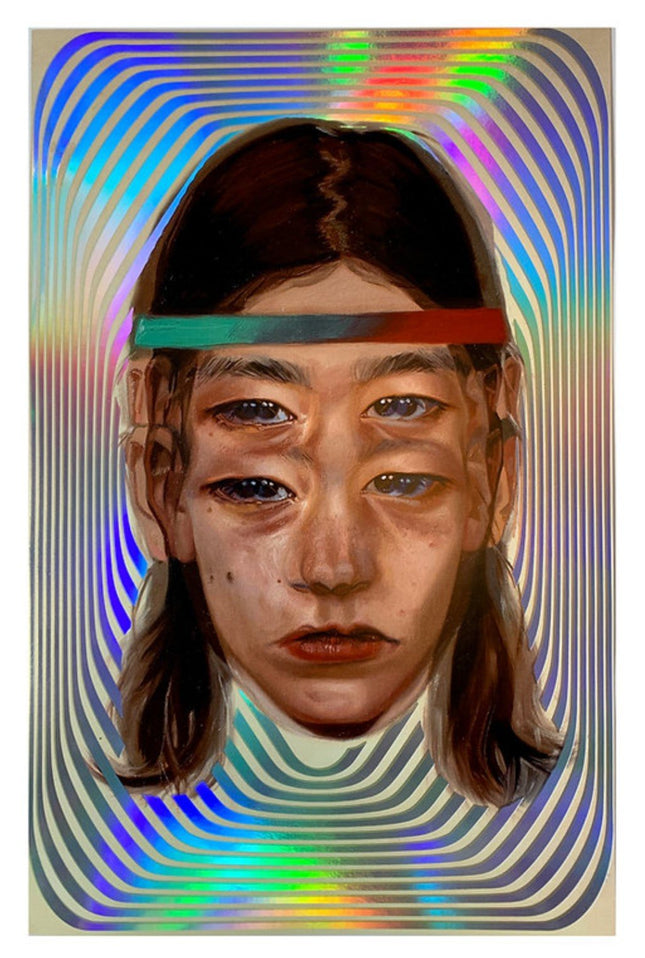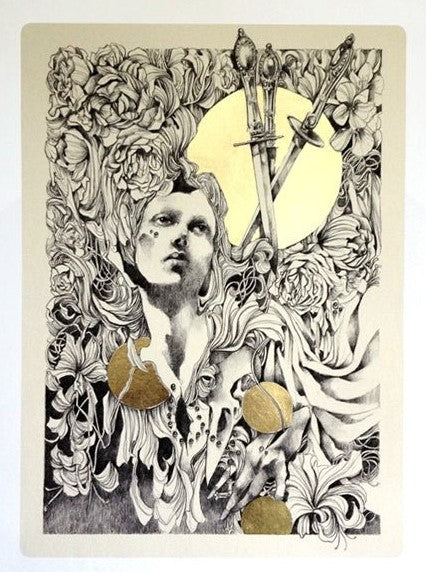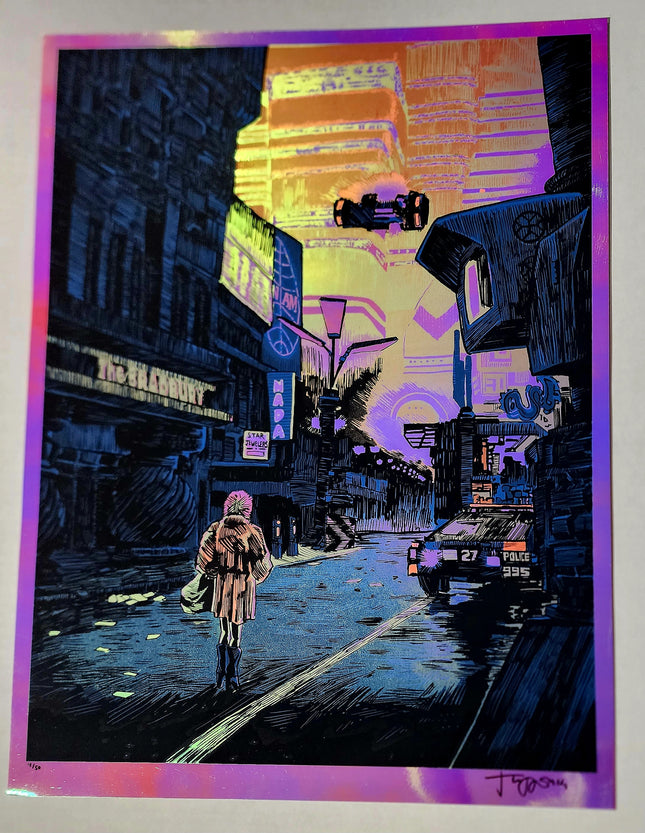
Foil Fine Art Paper in Contemporary Visual Culture
Foil Fine Art Paper has become a medium of choice for many artists working in Street Pop Art and Graffiti Artwork. Its reflective properties and textural qualities offer a unique canvas for artists to explore themes of contrast, illumination, and visual impact. This medium has been embraced by a diverse community of creators, ranging from street artists who utilize public spaces to convey their messages to gallery-affiliated artists who experiment with the interplay of light and color.
Historical Context and Evolution
In the historical lineage of art media, Foil Fine Art Paper is relatively new. Its origins can be traced to the broader exploration of unconventional materials in art-making, a trend that gained significant momentum during the 20th century. Artists began to push the boundaries of traditional canvases and papers, seeking out materials that could reflect the rapid changes in technology and society. Within the urban art scene, the use of foil has been a means to stand out, to catch the fleeting glance of the passerby with a surface that refuses to be passive.
Physical and Aesthetic Properties
The physical attributes of Foil Fine Art Paper are instrumental in its application. Its metallic surface can be both mirror-like and matte, offering a duality that is rarely found in other art mediums. When used in artwork, the foil can act as a source of light within a piece, dynamically changing as the ambient light shifts or as the viewer's perspective changes. The tactile quality of foil paper also adds an element of depth, with creases and textures that can be both intentional and serendipitous, contributing to the overall narrative of the artwork.
Techniques and Innovations
Artists have developed a range of techniques to work with Foil Fine Art Paper. These methods often involve careful planning and spontaneity, as the foil's surface can be unforgiving. Cutting, embossing, and layering are standard techniques, with each method opening up different possibilities for expression. In the hands of a skilled artist, foil can be transformed into intricate patterns that mimic urban textures or into bold, reflective areas that challenge the viewer's perception of space and depth.
Cultural Significance
Using foil in Street Pop Art and Graffiti Artwork often carries a cultural commentary. Its inherent association with luxury and the industry can be celebrated and critiqued within a single piece of art. In street art, the reflective quality of foil can be seen as a metaphor for the ever-changing urban landscape, one that is in a constant state of flux, reflecting and refracting the life around it. Foil Fine Art Paper thus becomes a canvas that is alive, interacting with its environment and audience in a way that traditional materials cannot.
Examples and Notable Works
Many artists have gained recognition for their innovative use of Foil Fine Art Paper. Their works are often characterized by a dynamic energy, harnessing the material's properties to create pieces that are visually striking and conceptually rich. From the subtle inclusion of foil elements to compositions that are entirely foil-based, these artists show the versatility and expressive potential of the medium.
Foil Fine Art Paper
Foil Fine Art Paper continues to intrigue and inspire artists within Street Pop Art and Graffiti Artwork. Its ability to reflect the contemporary zeitgeist, literally and metaphorically, makes it a compelling medium for artistic exploration and cultural expression. As artists continue to experiment with its possibilities, foil is sure to maintain its position at the cutting edge of visual innovation.
